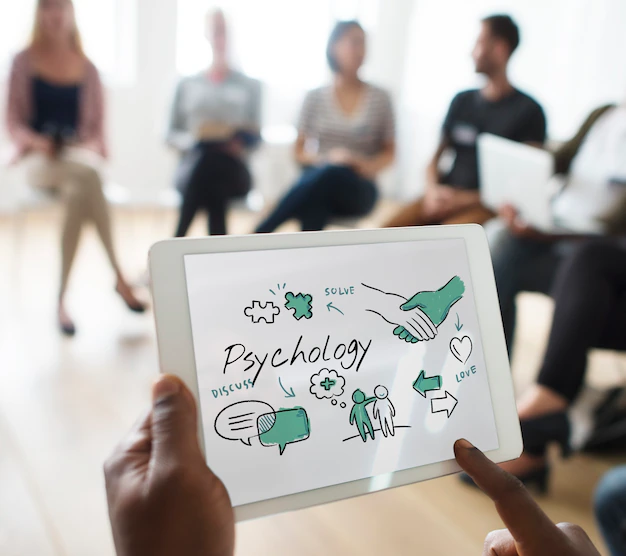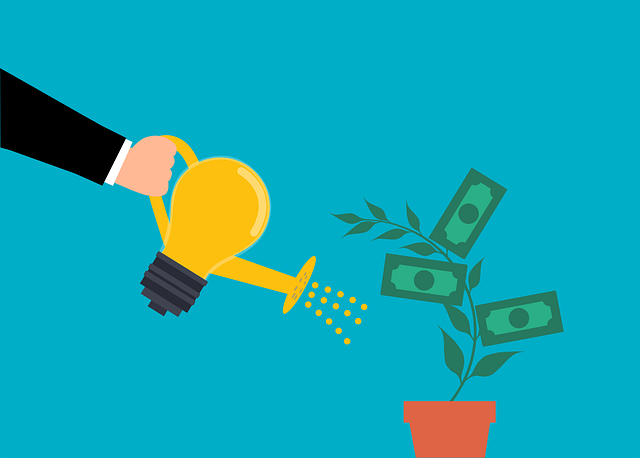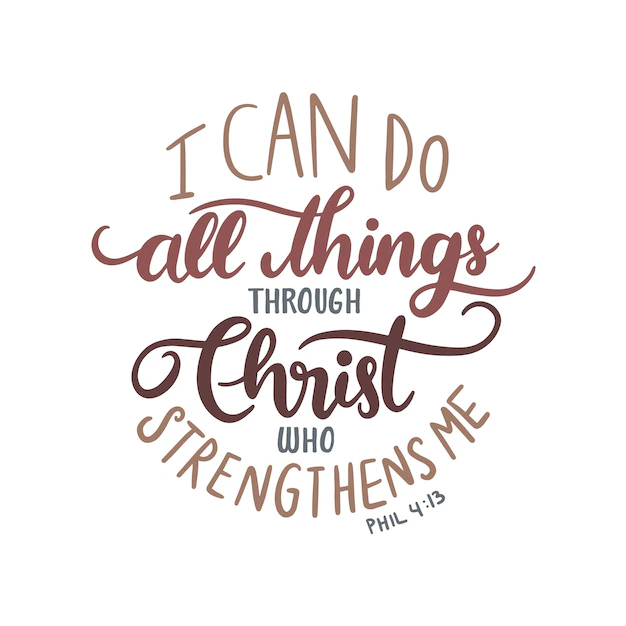Exploring Art Therapy and Music Therapy: Techniques, Principles, Benefits, and Examples
Art Therapy and Music Therapy are expressive forms of therapy that harness the power of creative arts to enhance mental health, promote self-expression, and facilitate emotional healing. They engage individuals in creative processes to explore emotions, reduce stress, and foster self-awareness. Let’s delve into the principles, techniques, benefits, and examples of Art Therapy and Music Therapy.

Page Contents
Principles of Art Therapy and Music Therapy
Art Therapy Principles
- Creative Expression: Using art as a form of communication and expression when verbalization is challenging.
- Symbolism and Metaphor: Exploring symbolic meanings behind art creations as reflections of inner experiences.
- Nonverbal Communication: Encouraging expression of emotions, thoughts, and experiences through various art mediums.
Music Therapy Principles
- Rhythmic Expression: Utilizing rhythm, melody, and lyrics to facilitate emotional expression and communication.
- Improvisation: Encouraging spontaneous musical creation as a means of self-expression and emotional exploration.
- Emotional Regulation: Using music to regulate mood and emotions.
Techniques Used in Art Therapy and Music Therapy
| Technique | Description |
|---|---|
| Drawing/Painting | Using drawing or painting to externalize and explore emotions, thoughts, and experiences. |
| Sculpting/Clay Work | Creating three-dimensional art to represent and process feelings or experiences. |
| Collage-Making | Assembling images and symbols to convey personal narratives or emotions. |
| Technique | Description |
|---|---|
| Songwriting | Creating original songs or lyrics to express emotions and experiences. |
| Guided Imagery and Music (GIM) | Exploring and evoking imagery and emotions through listening to music. |
| Instrument Playing | Engaging with musical instruments to express emotions or thoughts non-verbally. |
Benefits of Art Therapy and Music Therapy
Emotional Expression
Both therapies provide a safe space for individuals to express emotions that may be challenging to articulate verbally.
Stress Reduction
Engagement in creative activities can alleviate stress and promote relaxation.
Self-Exploration and Insight
Artistic and musical processes facilitate self-reflection, leading to greater self-awareness and insight.
Communication and Social Interaction
These therapies can improve communication skills and foster social interaction, particularly beneficial for individuals with communication difficulties.
Examples of Art and Music Therapy Techniques
Example in Art Therapy
An individual uses painting to create abstract art reflecting feelings of anxiety, expressing inner turmoil through colors and shapes.
Example in Music Therapy
A client plays the piano to improvise a melody, using music to process and express feelings of sadness.
Conclusion
Art Therapy and Music Therapy offer expressive outlets for individuals to explore emotions and promote mental well-being. Through creative techniques, these therapies facilitate emotional expression and self-awareness. They prove beneficial in reducing stress, fostering self-discovery, and enhancing communication skills.
Consulting certified Art and Music Therapists provides personalized and supportive environments for individuals to explore emotions through artistic and musical expression.
This article provides an overview of Art Therapy and Music Therapy, explaining their principles, techniques, benefits, and providing examples of their application. The table summarizes key techniques used in each therapy, demonstrating their expressive nature in promoting emotional well-being and self-expression.






